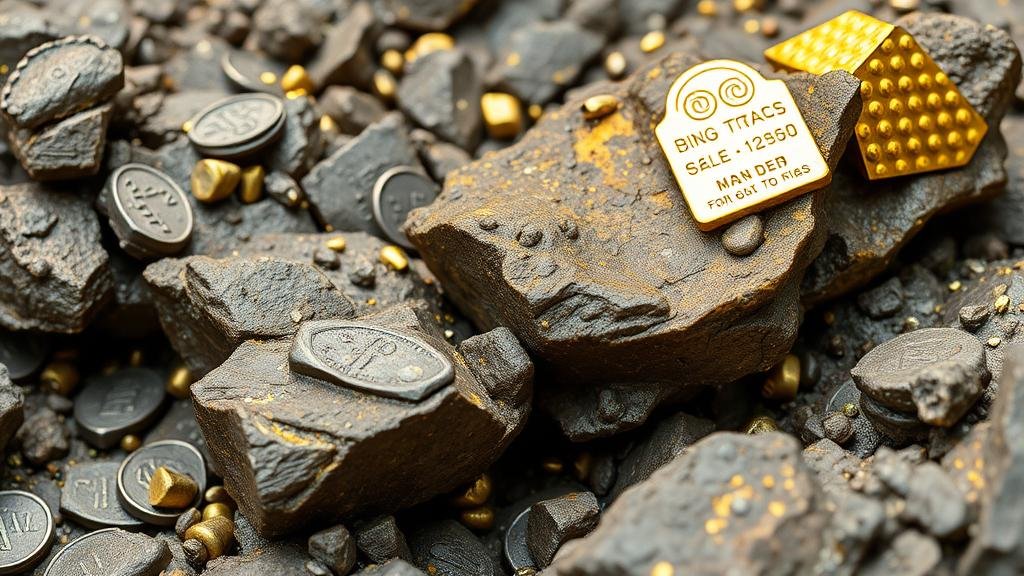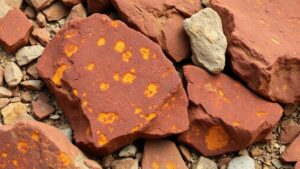Techniques for Recovering Precious Metals from Sulfide-Rich Rocks
Techniques for Recovering Precious Metals from Sulfide-Rich Rocks
The extraction of precious metals from sulfide-rich ores is an integral part of the mining industry. As demand for metals such as gold, silver, and platinum increases, the development of efficient recovery techniques becomes increasingly important. This article explores various methods employed in the recovery of precious metals from sulfide-rich rocks, highlighting their mechanisms, effectiveness, and real-world applications.
Understanding Sulfide-Rich Rocks
Sulfide-rich rocks contain valuable minerals that often exist in the form of sulfides, which are compounds of sulfur and other metals. Common sulfide minerals include chalcopyrite (CuFeS2), sphalerite (ZnS), and galena (PbS). The significant presence of these minerals poses unique challenges and opportunities for metal recovery due to their chemical properties and formation processes.
1. Physical Methods
Physical methods primarily focus on the separation of valuable metals from their ores based on differences in physical properties. e techniques are often used as preliminary steps to enhance the efficiency of chemical processes.
- Crushing and Grinding: Crushing and grinding reduce rock size, allowing for more effective separation of minerals. For example, grinding sulfide ores to a fine powder can liberate precious metal particles from their sulfide matrix, increasing the surface area for subsequent recovery.
- Flotation: Flotation is a widely-used concentration technique that exploits differences in mineral hydrophobicity. In this process, chemicals are added to a slurry of crushed ore, causing the valuable sulfides to float to the surface where they are collected. For example, in a copper-gold sulfide ore, xanthates act as collectors to selectively bind to chalcopyrite, enhancing its recoverability.
2. Chemical Methods
Chemical methods involve the use of various reagents and techniques to extract metals from sulfide minerals, often transforming them into soluble forms that can be more easily separated.
- Oxidative Pressure Leaching: This method utilizes high temperatures and pressures to oxidize sulfide minerals, converting them into soluble metal ions. For example, in gold recovery, pressure oxidation can be employed on arsenopyrite-containing ores to liberate gold effectively, achieving recoveries of up to 95%.
- Cyanidation: Cyanidation is a well-known method for extracting gold from sulfide ores. By introducing cyanide solution, gold is leached into solution while leaving impurities behind. The use of resin-in-pulp technology can enhance the recovery rates in this process. Studies report recovery rates of over 90%, making it a standard practice in the industry.
3. Biological Methods
Biological methods, also known as bioleaching, employ microorganisms to facilitate the extraction of precious metals from sulfide ores. This sustainable method is gaining traction due to its lower environmental impact compared to traditional chemical methods.
- Leptospirillum ferriphilum: This microorganism is recognized for its ability to oxidize iron and sulfur, creating acidic conditions that dissolve metal sulfides. Bioleaching has achieved successful gold recovery from ores that have low grades, with field trials indicating recoveries of 70% and above.
- Acidithiobacillus ferrooxidans: This bacterium is often a key player in metal recovery processes, particularly in copper and gold extraction from chalcopyrite. commercial operation of bioleaching has unlocked resources previously thought uneconomical to mine.
4. Hybrid Approaches
Hybrid approaches integrate both physical and chemical methods to optimize the recovery of precious metals from sulfide-rich ores. These innovative techniques can achieve higher recovery rates while reducing costs.
- Concentrate Bioleaching: This approach involves first concentrating the ore using traditional methods like flotation before employing biological methods for further extraction. It allows for the recovery of metals from complex ores where conventional methods might fail.
- Heap Leaching: In this method, crushed ore is stacked in heaps and treated with leaching solutions. The combination of heap leaching with aeration and bioleaching can enhance the recovery of precious metals, particularly from lower-grade sulfide ores.
Real-World Applications
Several mining operations have effectively implemented these recovery techniques. For example, Barrick Golds Veladero mine in Argentina employs a combination of conventional processing and bioleaching to recover gold from refractory sulfide ores, achieving significant economic benefits. Similarly, the application of pressure oxidation at the Pulsar Mine in Australia shows how advanced recovery methods can revitalize older mines.
Conclusion
The recovery of precious metals from sulfide-rich rocks is a complex yet essential process in the mining industry. Understanding the various techniques–ranging from physical and chemical to biological and hybrid methods–enables companies to optimize recovery rates while minimizing environmental impact. As technology progresses, the industrys ability to extract value from sulfide-rich ores will continue to improve, supporting sustainable development in mineral extraction. Continuous research and innovation will play a critical role in further enhancing these recovery techniques for the future.
Actionable Takeaways
- Consider implementing flotation and pressure leaching techniques for improved recovery rates from sulfide ores.
- Explore the integration of biological methods such as bioleaching to enhance sustainability in metal extraction.
- Stay updated with technological advancements and innovations in the field to optimize recovery processes.



